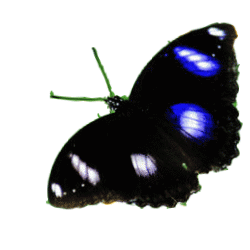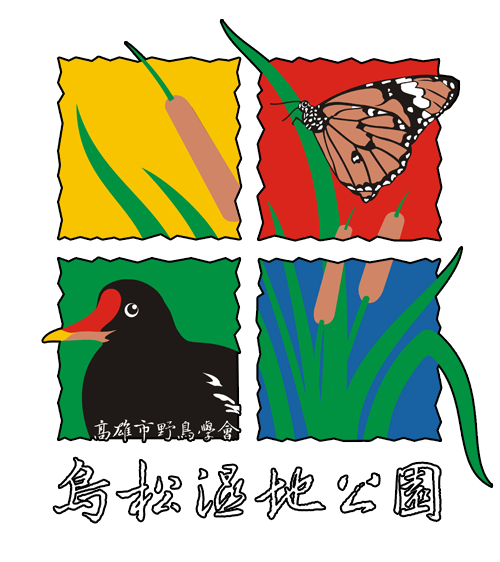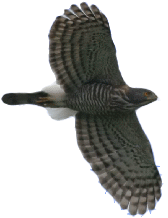 |
 |
● Ecological Pond by the Gate: The Ecological Pond is at the left side of the gate. Besides 20 to 30 species of aquatic plants, the pond is also home to aquatic insects, tadpoles, water striders, mosquito fish, etc., offering people an excellent place to get acquainted with aquatic plants and ecological pond arrangement. |  |
● Big Pond: Being the end outfall, Big Pond is connected to Small Pond through culverts. In the Pond are two small isles, offering birds like yellow bitterns and cinnamon bitterns a nesting and resting place. On the surface are covered with Indian Floatinghearts. And water willows are widely planted by the pond, attracting a large number of common leopards to lay their eggs here. |
 |
● Nature Center: Situated by the wooden trail at the right side of the gate, the Nature Center has the functions of consulting, demonstrating, education, and activity promotions. At the present, |
 |
● Plants Reserved Area: This area has the highest altitude but the least human interference in the whole Park. Woody plants, such as Taiwan acacias, Honduras mahoganies, paper mulberries, and bamboo forests, are prevalent here. Black-naped blue monarchs, little woodpeckers, and collared treepies can often be seen to chirp and frolic here. This area offers a great observation spot for arboreal birds. |
 |
● Settling Basin: At the left side of the Gate, the Settling Basin mainly deals with the Square drainage and rainfalls of Cheng Ching Lake. Aquatic plants grow very well here; the Basin serves as the breeding place of common moorhens and wren warblers. The floating leaf plants are majorly water lilies; while the neighboring vegetation are paper mulberries, Taiwan golden-rain trees, elephant’s ears, and water grass. |  |
● Heaven Lake: Located in the Plants Reserved Area, the Heaven Lake remains dry all year round, with little human interruption, which is the best place for dead branches and fallen leaves. |
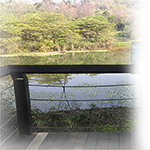 |
● Small Pond and Duck Watching Platform: the Small Pond, a gathering place for common moorhens and teals, receives water from the Settling Basin through culverts. By the Pond are crowded with plants like bamboo forests, flute reeds, narrowleaf cattails, and lantern seedboxes. Appreciating your view from the Duck Watching Platform to Cheng Ching Lake, you can see green waves undulating and azure trees beckoning. It is not overstated to say that this place is the best view-enjoying spot in the whole park. |  |
● Education Pond: Grown in the Pond are yellow water lilies, Da-Ann hygrophilas, umbrella sedges, Indian Floatinghearts, and rice. With a small group of nutmeg manikins foraging here, the Education Pond is suitable for plants instructions. |
 |
● Nature Center: It is situated at the right side of the Main Gate Wooden Trail. It holds the function of consultation, displaying, education, and activity promotion. Seasonal activities are scheduled here. Regular lectures, guided touring, creative DIT, and story photographing are scheduled on Sundays. | 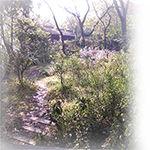 |
● Planting Reserved Area: It occupies the highest spot in the Park, without much interference from human beings. The superior plants are large trees, with birds chirping and frolicking here. |
 |
● Bird Watching Room: Situated between the Big Pond and the Education Pond, the Bird Watching Room is the best place to take a rest after a long walk in the Park. So is it the top choice for outdoor teaching session. |
 |
● Forest Wetland (Stream Area): To add to the habitation varieties, educational functions, and landscape variations, the low-lying and water-logged woody trail area was turned to a forest wetland, which not only creates a new habitation but also increases people’s opportunities to get close to the wetland. |
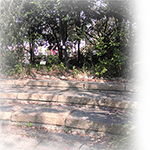 |
● Commentary Platform: Located beside the Woody Trail and the Settling Basin at the left of the Gate, the Commentary Platform is a series of granite-lain stairs. Beside it are grown some plants, like Taiwan persimmons, Taitung firethorns, and negundo chastetrees. During the flower blooming season, the platform is frequently visited by a great number of bees, making it a very busy and noisy place. |  |
● Homes to Insects: Many beehive-shaped cases are the Homes to Insects, providing the insects places to take a rest after hard work. |
Source of Information: Adapted and Integrated from Ecological Illustrations of Niaosong Wetland Park

